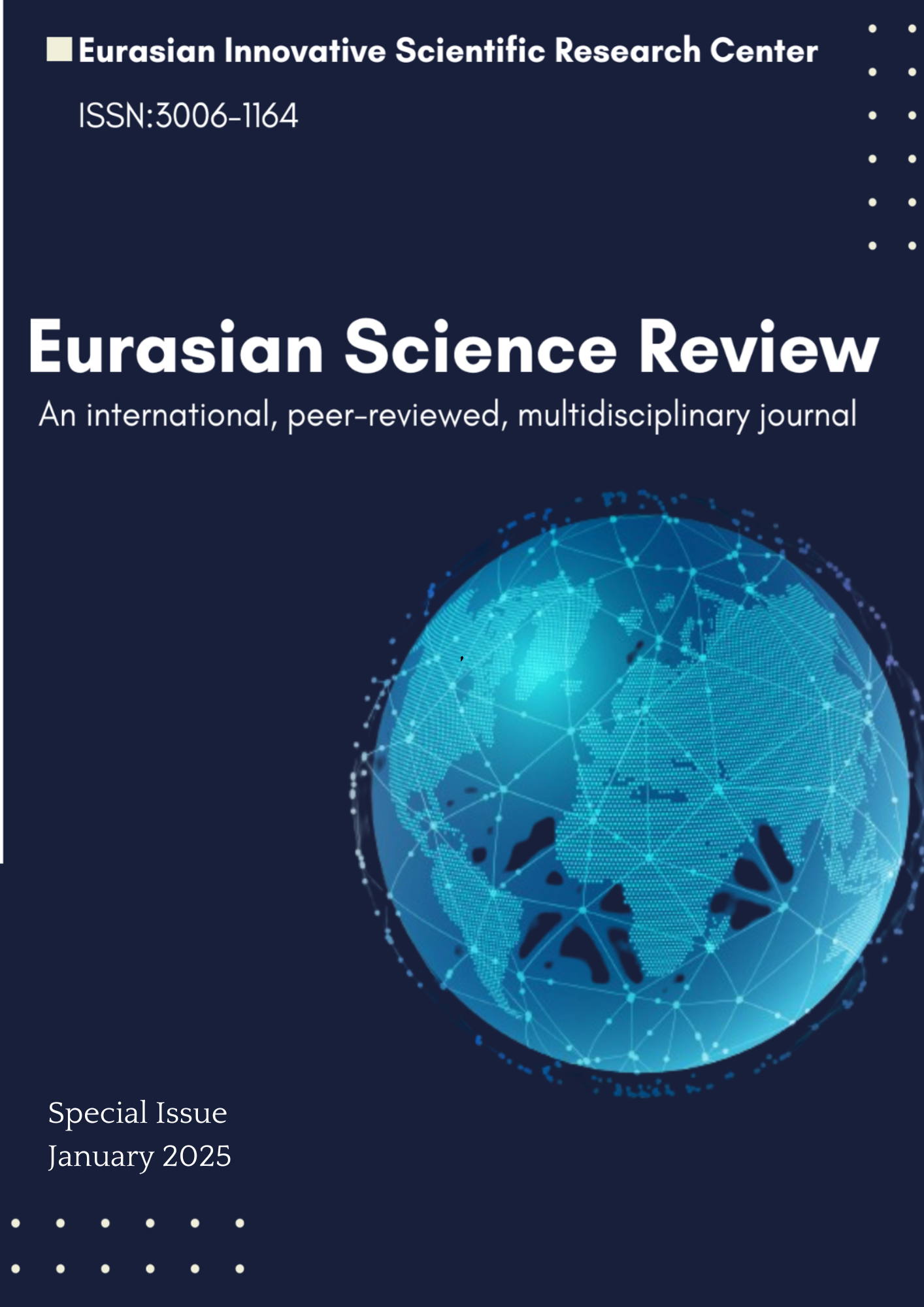STEM Integration in Chemistry Lessons
DOI:
https://doi.org/10.63034/esr-453Keywords:
STEM integration, chemistry lesson, research skills, project-based learning, innovative teaching, scientific mindset, critical thinking, practical work, interdisciplinary connection, student engagementAbstract
The study examines the key aspects of STEM (Science, Technology, Engineering, Mathematics) integration in chemistry lessons and its impact on the learning process. The STEM approach fosters students’ research skills and helps develop a scientific mindset. Through the use of practical tasks and project-based methods during lessons, students' interest in chemistry increases, along with their creative and analytical thinking abilities.
The study analyzes methods of integrating STEM into chemistry, the tools and resources used, and its influence on the quality of education. Additionally, it highlights the role of the STEM approach in developing students' critical thinking and preparing them for future careers in science and engineering. Incorporating STEM principles into the learning process modernizes the teaching of chemistry, enhances student engagement, and strengthens their practical knowledge.
References
Aitkulova, S. B. (2021). Fundamentals of STEM Education and Its Role in the School Curriculum. Almaty: National Academy of Education.
Baimuratov, K. T. (2020). Methods of Teaching Chemistry: Practical Lessons and Project-Based Methods. Nur-Sultan: Bілім Publishing.
Muratbekova, L. A. (2022). Innovative Methods and Tools in Chemistry Education. Karaganda: Innovative Education Publishing House.
Laboratory Equipment and Safety Standards (2021). Safety Guidelines for Teaching Chemistry. Almaty: Bілім Publishing.
Kudaibergenov, A. E. (2023). STEM Education Practices: Chemistry and Biology Lessons. Shymkent: Bілім Publishing.
Downloads
Published
How to Cite
Issue
Section
Categories
License
Copyright (c) 2025 Aizhan Timurkyzy

This work is licensed under a Creative Commons Attribution 4.0 International License.





